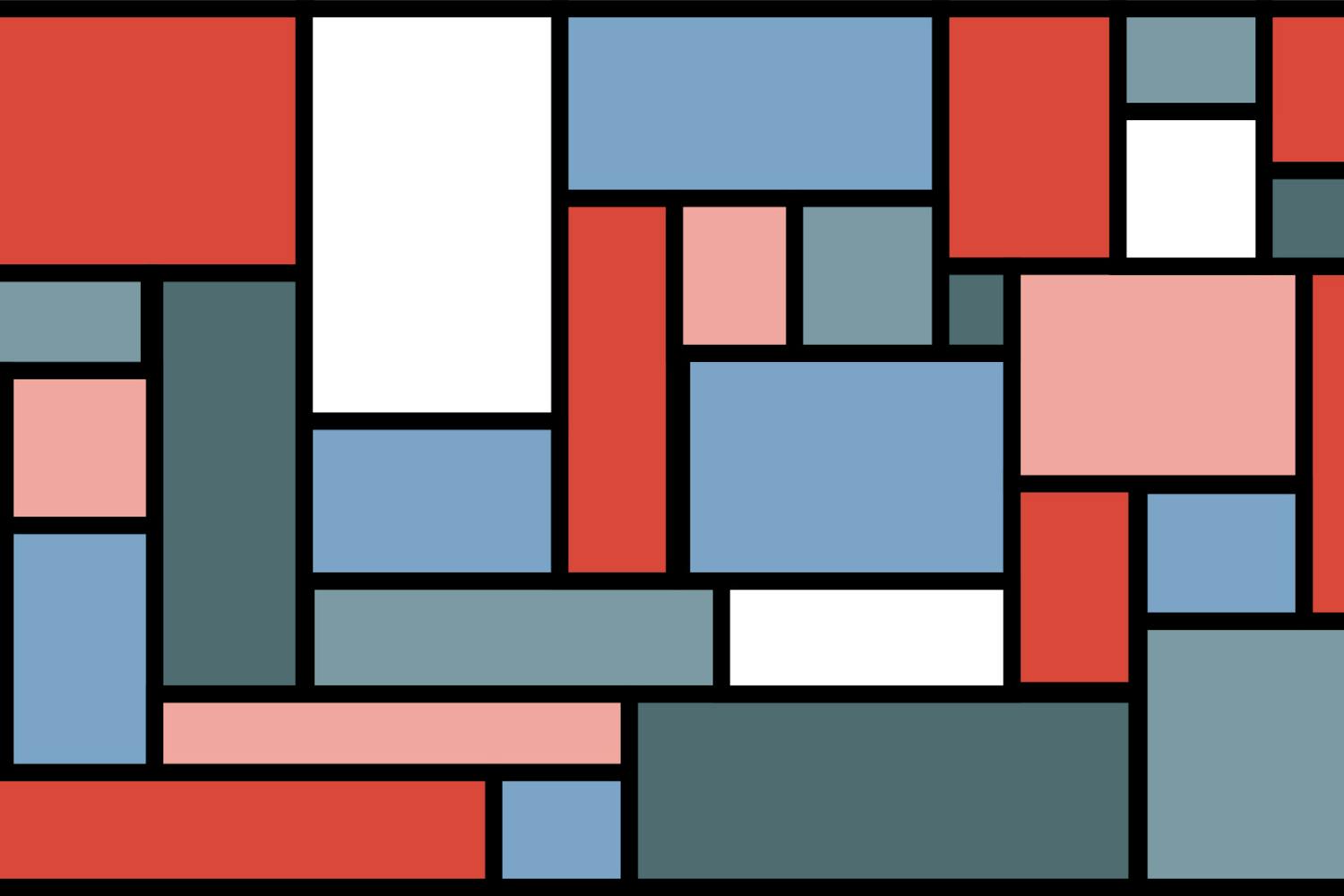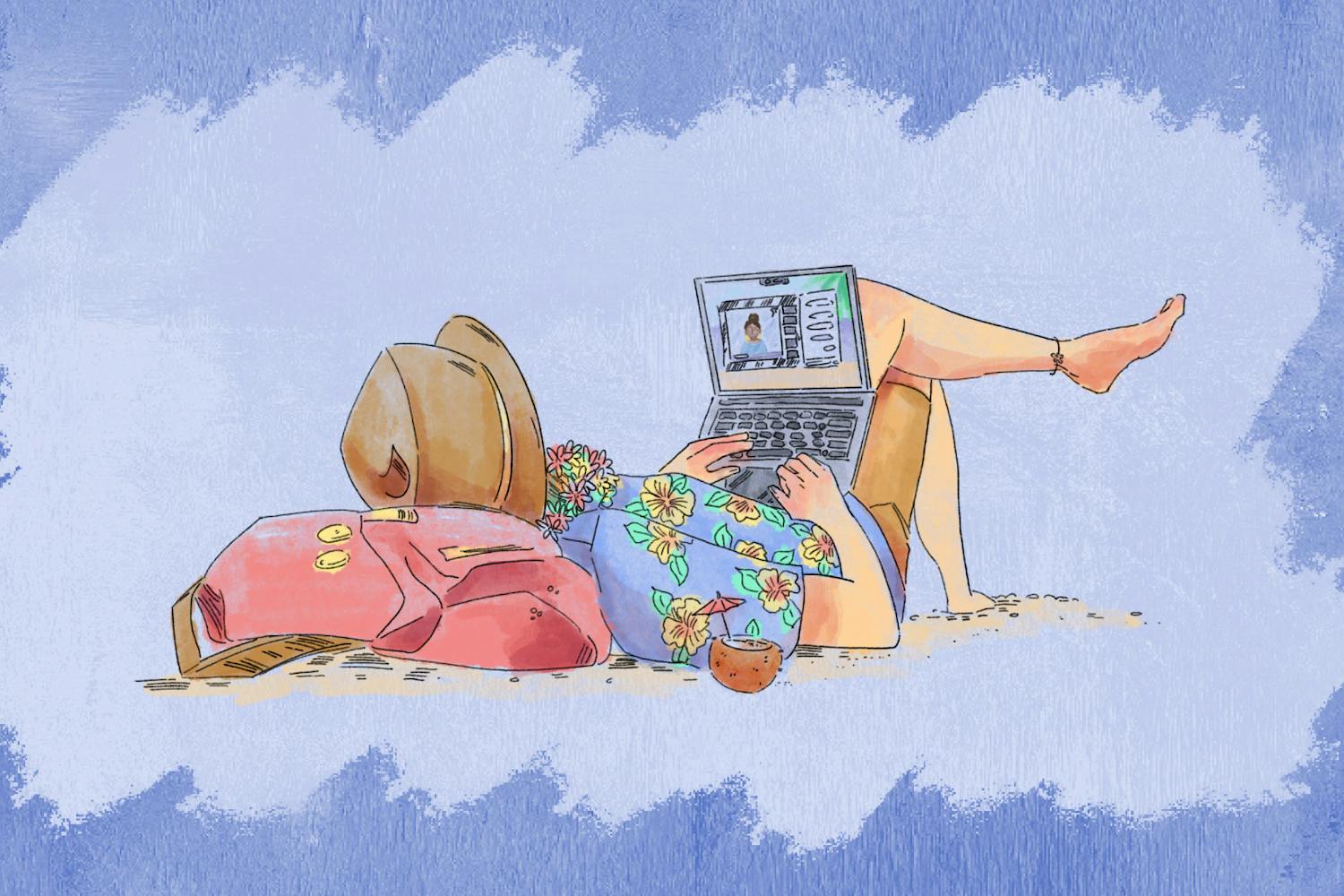The tablet has exploded its way into the hands of consumers in a very short period of time.
Four years ago, the tablet was unheard of, but today, millions of users have seven or 10-inch screens that they use for business and entertainment. Apple has held a strong foothold in the tablet community with their tablet, the iPad. Tthere are over 100-million of these tablets circulating throughout the world, according to Tim Cook at their last iPad-unveiling event in October.
Google has been in the tablet game for almost as long as Apple, with their Android tablet lineup which according to IDC, has taken Apple’s tablet market share down fifteen percent in the last quarter alone. While Apple and Google have been immersed in the tablet economy, Microsoft had avoided it until last month, when they released the Microsoft Surface and the Windows 8 operating system. But which tablet is the tablet of choice? Let’s run through some of these tablet’s similar specifications to find out.
For simplicity sake, this comparison is against each of the companies’ headlining 10-inch tablets right now: Apple’s newest iPad, Google’s Nexus 10 and the Microsoft Surface.
The fourth generation iPad weighs 662 grams and packs features like retina display at 264 pixels per inch (in other words, very high quality, vivid screen), two cameras, a dual-core processor and the option of either Wi-Fi only or Wi-Fi and cellular data from the major phone companies.
Google’s Nexus 10 weighs a little less than the iPad at 603 grams, it has a screen that rocks 300 pixels per inch, has two cameras, utilizes a dual-core processor and currently only has the option for Wi-Fi only. The Surface is less than one and a half pounds in weight, it has a not-so-high quality screen, with only 148 pixels per inch (according to the Los Angeles Times), a quad-core processor (more cores means better multitasking), two cameras and it is Wi-Fi only.
Some of the most important features on tablets, the battery life and storage space, are all pretty similar; Apple offers either 16 GB/32 GB/64 GB (gigabytes) of storage, Google only offers 16 GB/32 GB and Microsoft has 32 GB/64 GB variants. For pricing, the iPad can range from $500-$830, the Nexus 10 runs at either $400 or $500 and the Surface, depending on size and the option of their touch cover, ranges from $500-$700.
Next factor is the software that runs on each of these tablets. The iPad is, as simply put as possible, a large iPhone or iPod touch. The operating system, or OS, is identical between the devices, so being an Apple junkie means the addition of the iPad would be a simple learning curve.
Google runs the same operating system on their tablets as their smartphones, but it runs a little differently, like the status bar is located on the bottom rather than the top and the home screen layout is slightly rearranged. Microsoft’s Windows 8 is very similar in look and feel to the their phone OS, with the tile design, but it is a merge between Windows 7 and their phone software design.
For apps not compatible with Windows 8, you have to go from the tile home screen to the desktop (which looks and functions almost the same as Windows 7) to run them. Another software aspect is apps. Apple and Google have cornucopias of high quality, beautiful apps to choose from. Since the Surface is the first tablet running Windows 8, the app options are meager.
Now that we are past the specification comparison, it is time for my opinion. Even though I am a Google devotee, it is a close race between these three. The iPad is a really beautiful piece of hardware but I cannot stand the cost and how cookie cutter it is; the software looks and works exactly like it’s iPhone and iPod cousins.
Google offers top of the line specs while allowing more ways to make your device unique from the rest. It may not be as stunning as Apple, but what it lacks in visual appeal, it makes up for in performance.
My feelings are mixed when it comes to Microsoft’s Surface.
Microsoft’s idea to make a sort of hybrid between the laptop and the tablet (with the use of their cover that doubles as a keyboard and trackpad) was ingenious because many who are holding out to get a tablet do not want to make the leap from keyboard and mouse to just touchscreen.
I just cannot get into their software. This operating system matches Apple’s in beauty, but it was difficult for me to use when I tinkered around with it; finding menus and searching for more options was extremely difficult and, since the variety of apps is small, some programs only run on the desktop side of the OS, which forced me to switch back and forth from the Windows 7-like desktop and the tile desktop.
If I, a technology nerd, could go out and buy one of these tablets right now, I would probably jump on the Nexus 10 for the reasons of price, performance and compatibility with my other devices (and I would never cheat on my love for Google).
If Apple allowed for more customization and did not have such a high markup, and if Microsoft could further polish their software to be a little more user-friendly, I would not be able to choose between the three.
My recommendation for the average user is to hold out and see what happens with Microsoft in the coming months, if they develop and find a spot in the tablet community, go for them.
If you have any questions or comments on today’s tablet battle, message me on Twitter @Court_Jeffrey or email me at cejeffre@asu.edu. Enjoy!





